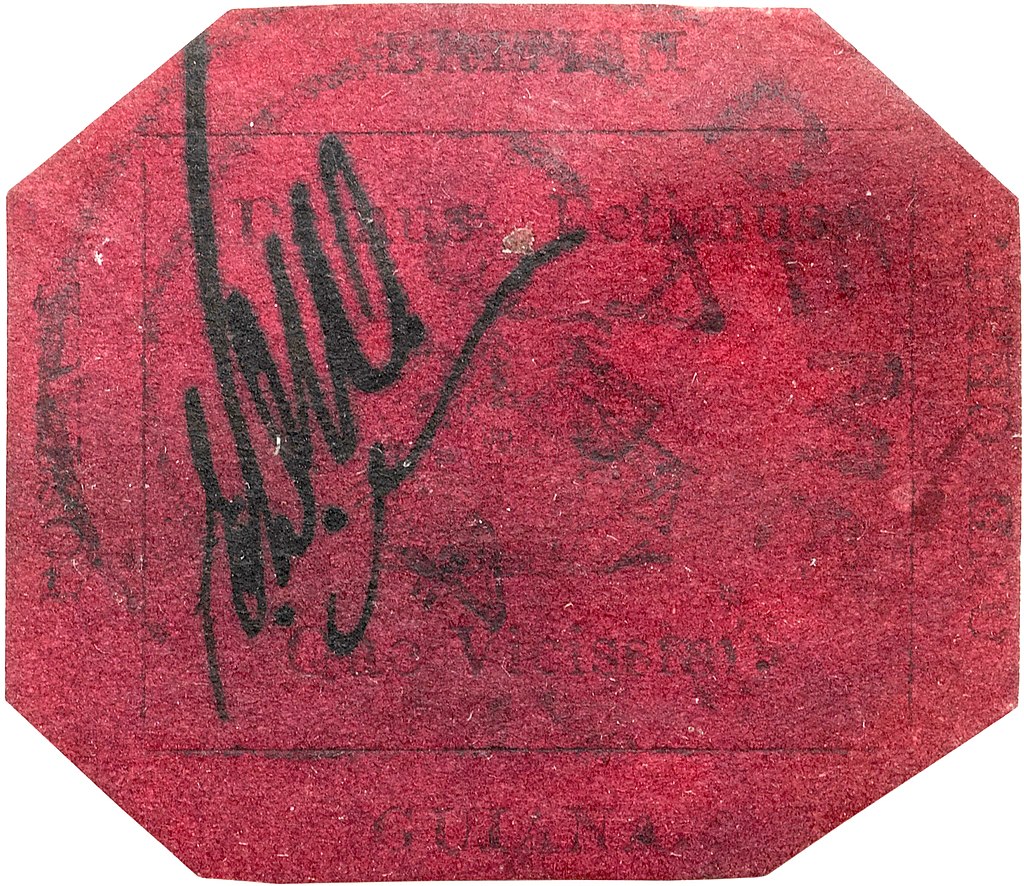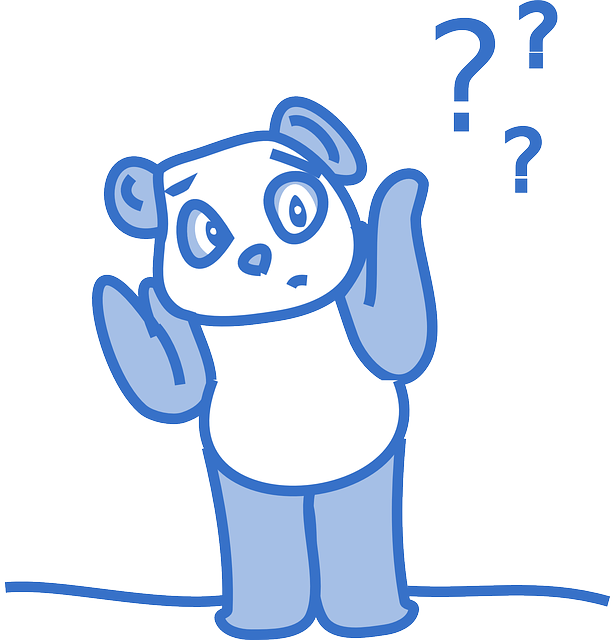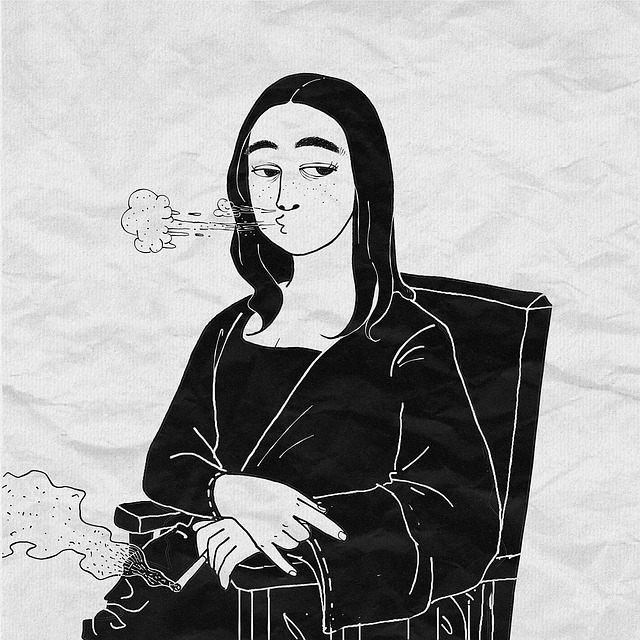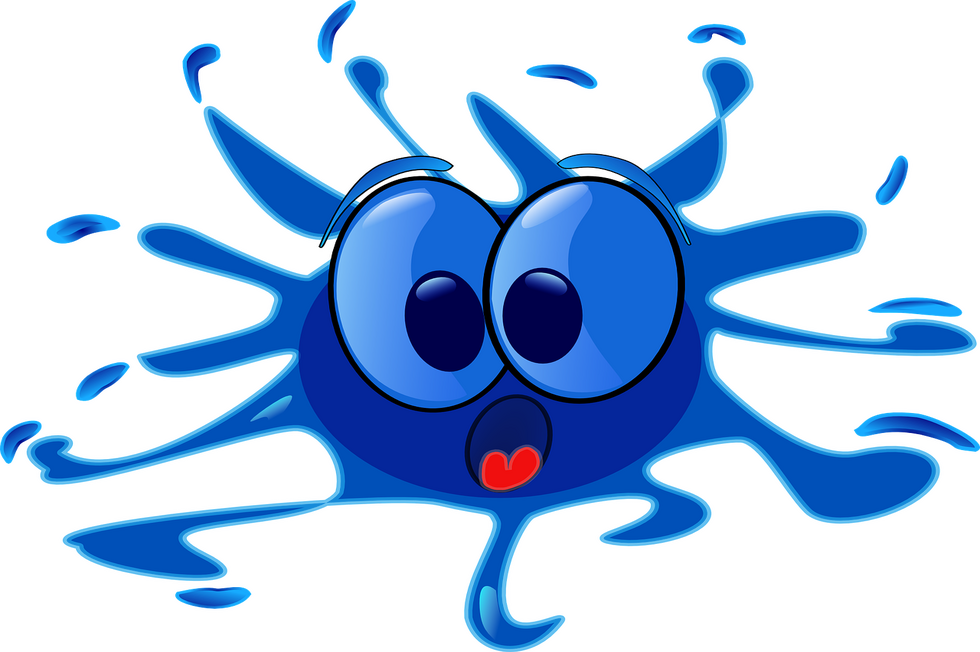Yes. There is an NFT that’s up for sale for over 1 million USD. This is it.
So why would someone pay a million dollars for what looks like a digital image of a cat?
Okay, have a look at the image below. Any guesses on what this is? (Hint: It’s worth over 9 million dollars)

Well….That’s a stamp. The British Guiana 1c magenta – considered the rarest stamp in the world. So what gives it that value?

Rarity? For one. Well that’s the same case with the image of the cat I spoke of earlier. That cat, called Dragon, is part of a virtual blockchain-based game called Cryptokitties. The game allows players to adopt, raise, and trade virtual cats. Eventual market dynamics, buying and selling, along with the breed, quality and capabilities (I’m assuming here. I haven’t played it) affect the value of the crypto kitty. That’s what’s an NFT or a Non-fungible Token.
Think traditional art, paintings, sculptures. Give it a digital form and you have NFT’s.
NFT’s include,
- Games (Cryptokitties is one. There’s Axie Infinity, Gods Unchained……..)
- Art (digital paintings). One recently sold for $777,777.
- Virtual worlds
- Trading cards
- Domain names
- There’s a lot more use case. But these are enough to know.
Now that, you’ve got some understanding of an NFT, here’s a technical definition to it (borrowed from Binance Academy):
NFT’s are a type of cryptographic token that represents a unique asset. NFTs are tokenized versions of digital or real-world assets. They function as verifiable proofs of authenticity and ownership within a blockchain network. NFTs are not interchangeable with each other and introduce scarcity to the digital world.
Let’s deep dive into this by breaking it up with some examples. What’s fungible mean? It means replaceable. Think of fungible as, let’s say, gold or a kilo of rice. You know 1 kilo of gold has a certain value in dollars. So does a kilo of rice. You can purchase rice in exchange for a certain amount of dollars. Take another case, a one-dollar bill is interchangeable with any other genuine one-dollar bill. Isn’t it?
Now think of a Mona Lisa painting. Can I draw a Mona Lisa painting like this one below and go exchange that for the original?

Definitely not right? They’ll either think I’m retarded or just politely say “No”.
So the Mona Lisa paintings (both the original and the one above proposed as a replacement) are non-fungible assets.
Make the asset digital (digital art, virtual gaming assets) and we have non-fungible digital assets. A record for these is maintained online on the blockchain. This serves as proof of authenticity.
That’s it. That’s what NFT’s are.
Fun fact: Curiosity in NFT’s is definitely on the rise. Here’s a look at Google Searches on “nft”

How can you participate in NFT’s?
There are various ways you can participate in the world of NFTs. Here’s some
- You can buy digital art, collectibles, trading cards, etc. (check out sites like opensea.io or rarible). Or get a Crypto Kitty of your own
- You can buy cryptocurrencies of some of these platforms which enable trading of NFTs. RARI is one, currently trading at a market cap of $50 million.
- You could buy cryptocurrencies of players within this field: eg. providers of virtual games. Here’s a complete list.
Final thoughts:
- I have very recently actually given some thought to this space. Pretty much ignored it for a while.
- But the more I look into it, realize there’s a lot of potential and scope within
- I currently do not have any holdings in this space but am researching some ideas within. Will follow this post with another with my 5 picks within this space.
- I would typically play this with a smaller sized player
- It’s currently a market cap (overall sector) of $2.9 billion, which makes me think this is bound to see some super growth.
- Finally, DYOR


